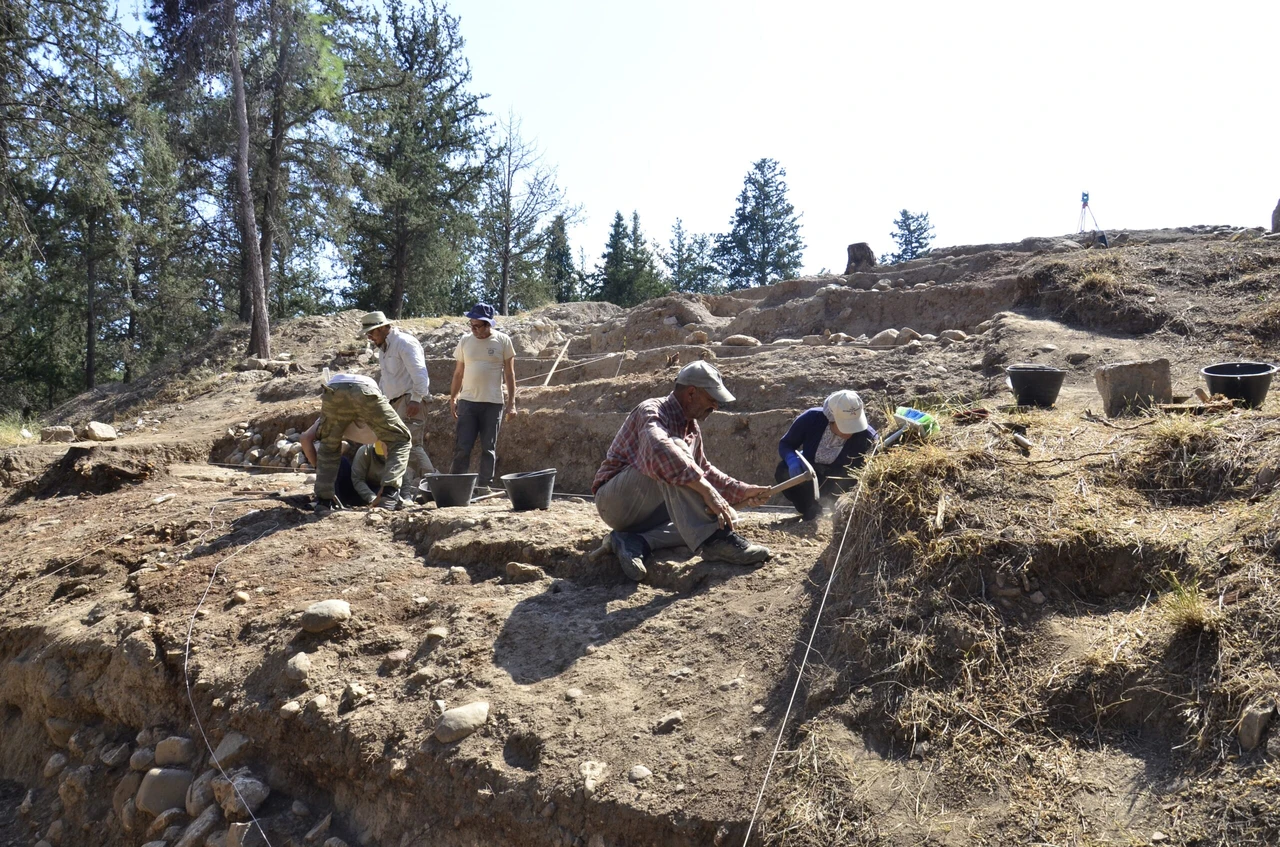Archaeologists uncover evidence of 1,903-year-old earthquake at Apollon sacred site in Türkiye
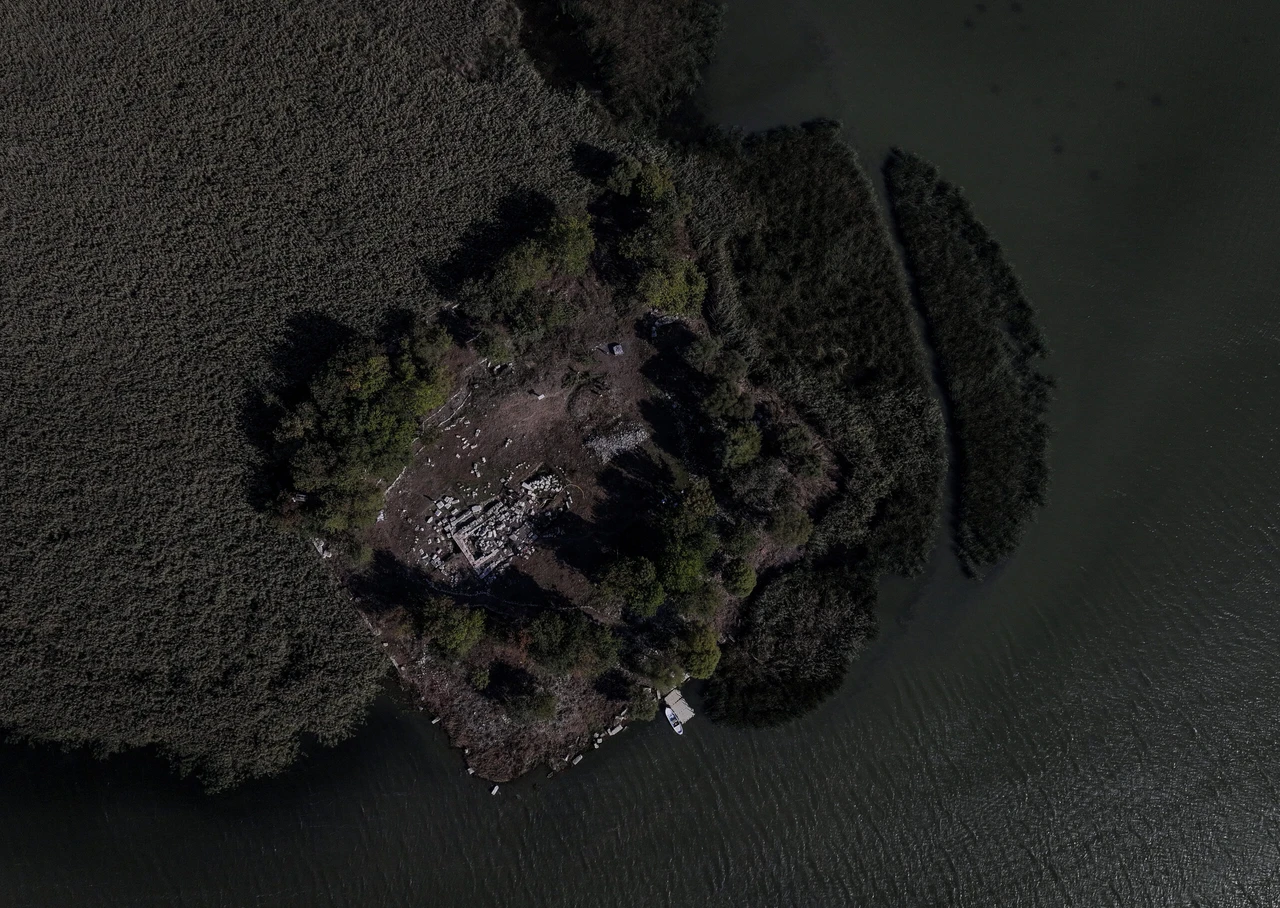 Bursa's Nilufer district is uncovering the Hellenistic sacred site profile of Kiz Adasi (Island) in the tourist area of Golyazi through archaeological excavations, Türkiye, October 26, 2024. (AA Photo)
Bursa's Nilufer district is uncovering the Hellenistic sacred site profile of Kiz Adasi (Island) in the tourist area of Golyazi through archaeological excavations, Türkiye, October 26, 2024. (AA Photo)
Archaeological excavations at Kiz Adasi (Island), an island located 500 meters off the coast of Golyazi in Bursa’s Nilufer district, have brought to light significant historical findings.
The sacred area, known as “Apollon Sacred Site,” is revealing its secrets, offering insights into a devastating earthquake that occurred nearly two millennia ago.
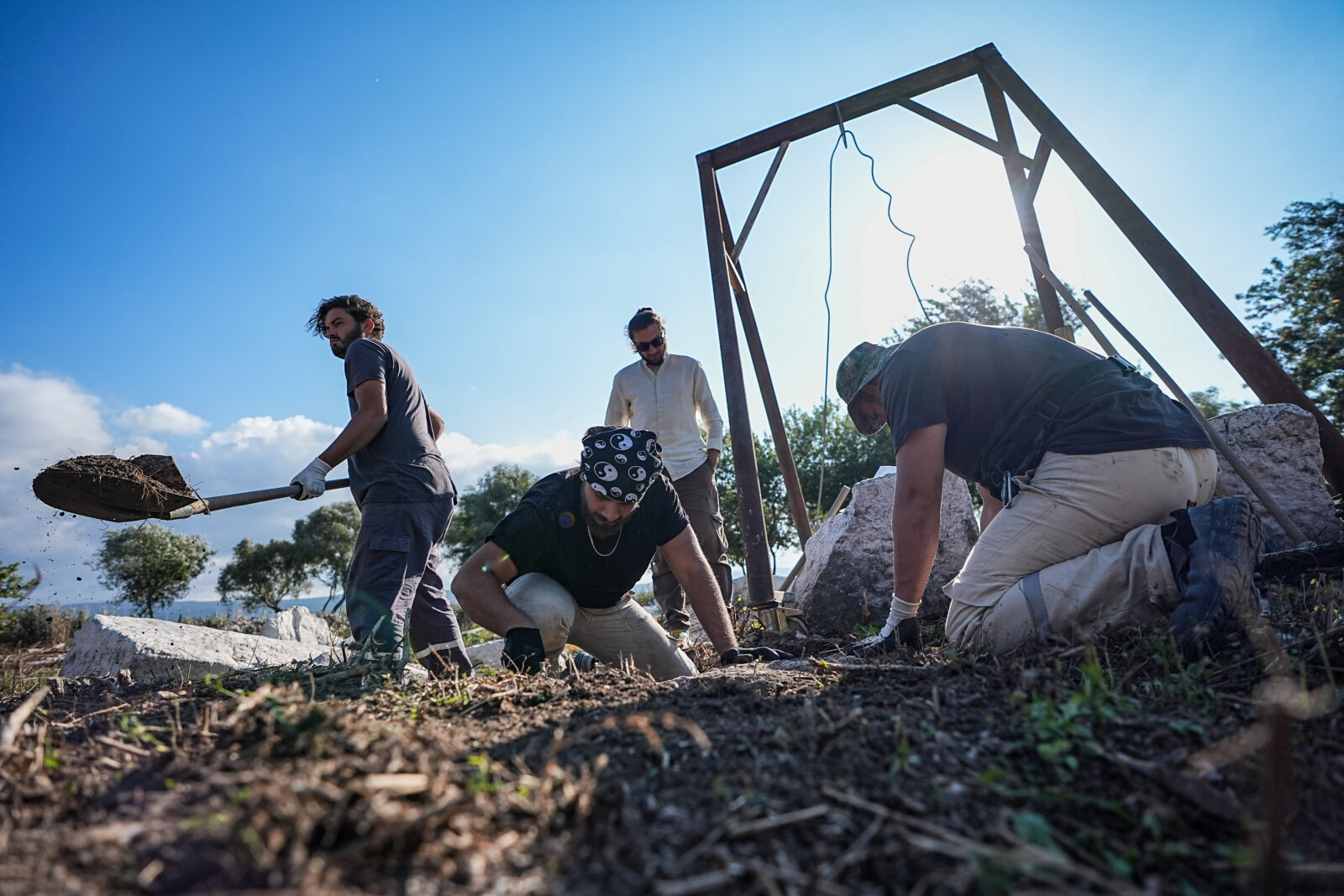
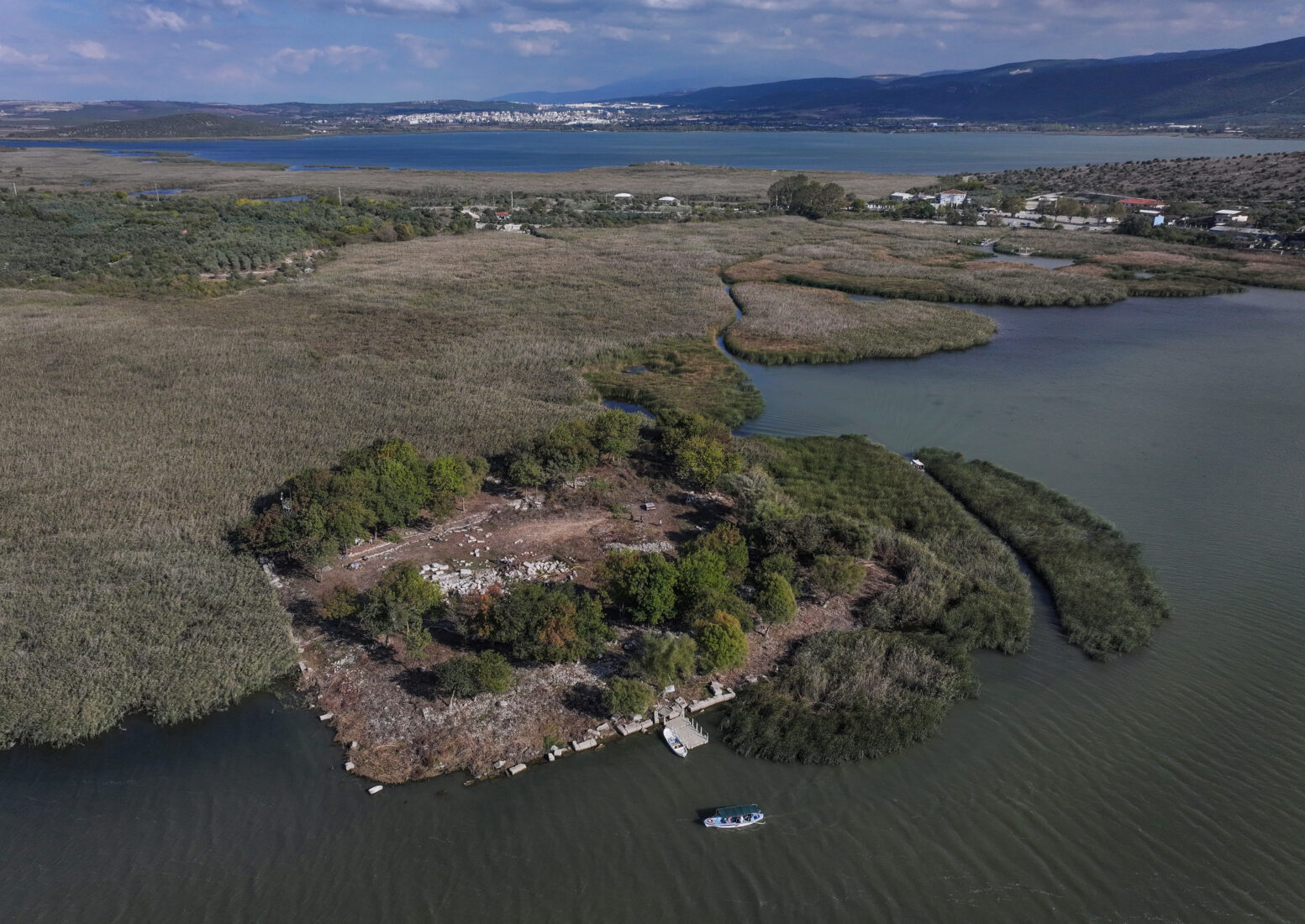
Hidden treasures of Apollonia ad Rhyndacum
Recognized as one of Europe’s most picturesque towns, Golyazi, historically known as “Apollonia ad Rhyndacum,” sits along the banks of Lake Uluabat. Archaeologists have been reaching Kiz Adasi by boat every year since 2022, conducting their research during the brief period when water levels recede in autumn.
The excavations, led by Bursa Uludag University (UU) and supported by the Ministry of Culture and Tourism, are gradually uncovering the island’s ancient past.

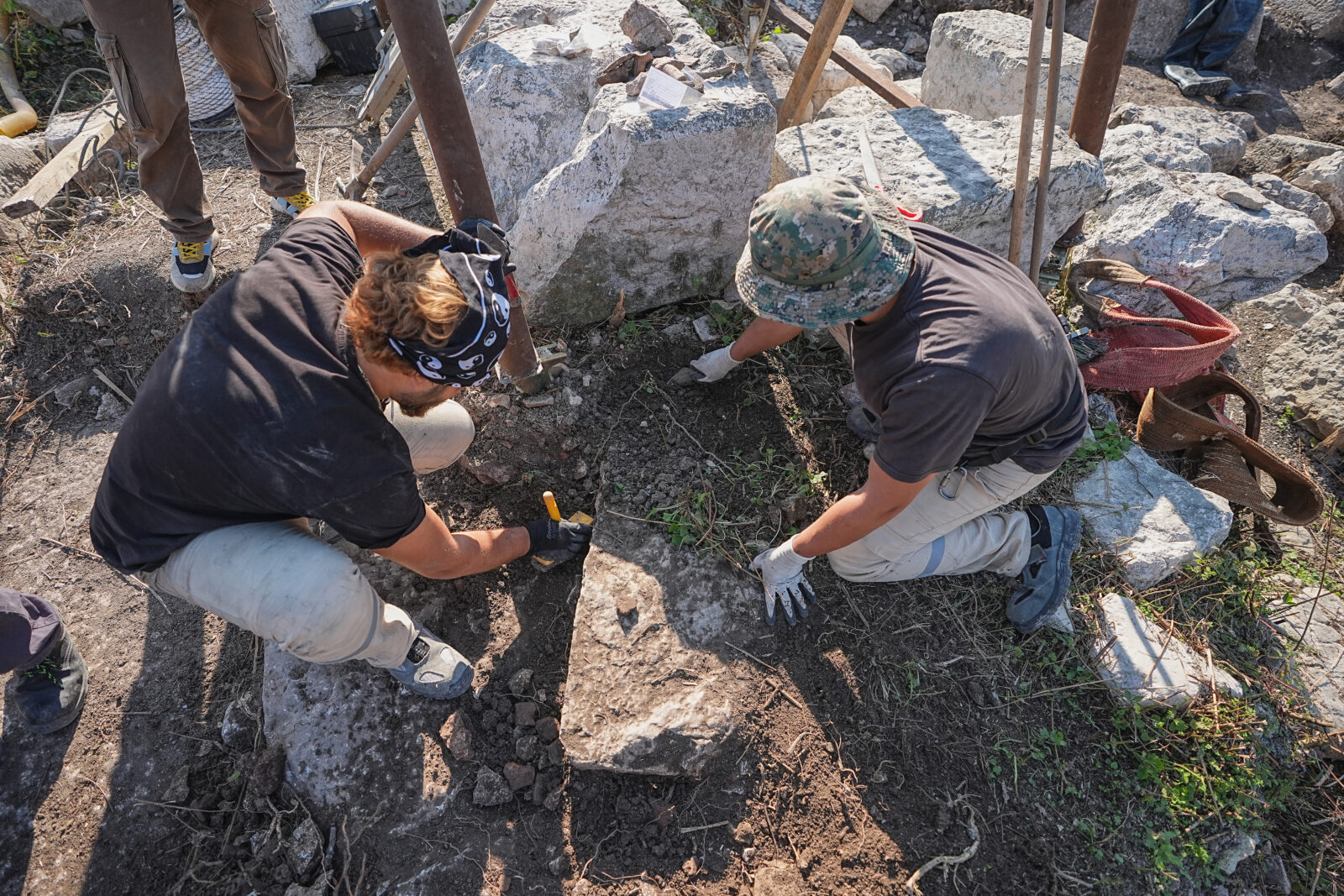
An island steeped in sacred rituals
UU Faculty of Arts and Sciences Archaeology Department’s professor Derya Sahin, head of the excavation team, shared insights into the island’s history.
“The island, surrounded by a sacred wall known as ‘temenos’ from the Hellenistic period, is believed to house a complex of structures including a temple, altar, stoa (a covered gallery) and exedras (semi-circular or rectangular niches). Our goal is to fully map out the temple’s architectural layout, which appears to have been expanded over three distinct periods: Archaic, Hellenistic and Roman,” said professor Sahin.
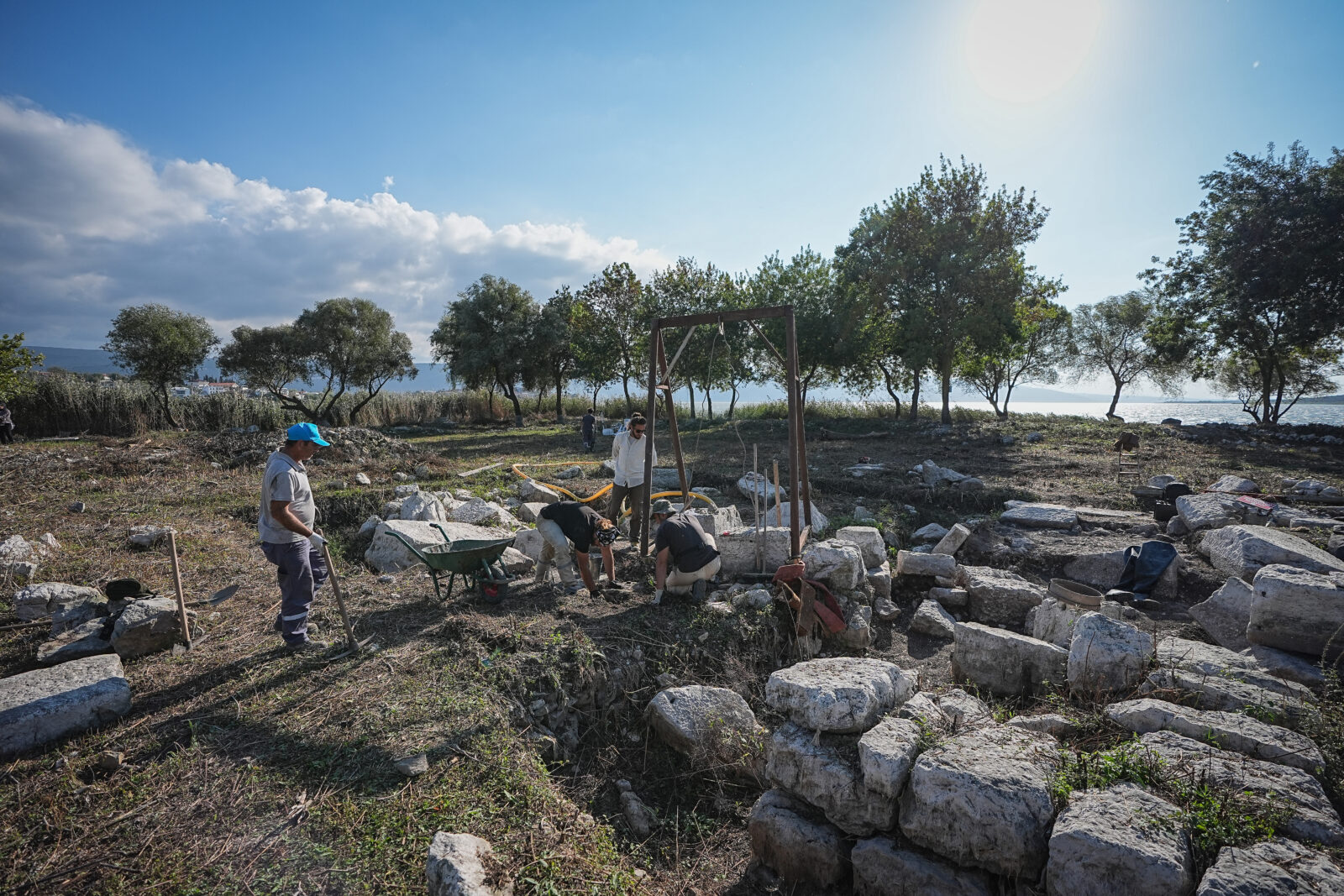
Emperor Hadrian’s visit to Apollon sacred site
One of the pivotal moments in the island’s history occurred in 121 A.D. when a massive earthquake devastated the region. Public structures, including those on Kiz Adasi, were significantly damaged. However, with the support of Roman Emperor Hadrian, the island and its sacred structures were restored. Hadrian’s contribution was so substantial that a surviving inscription on the island’s walls honors him as “ktisis” (founder) and “soter” (savior).
“We know that Emperor Hadrian personally visited the region in 124 A.D.,” added Professor Sahin. “The island’s restoration under his rule was a significant event, reflected in the inscriptions that acknowledge his role as both a founder and protector.”
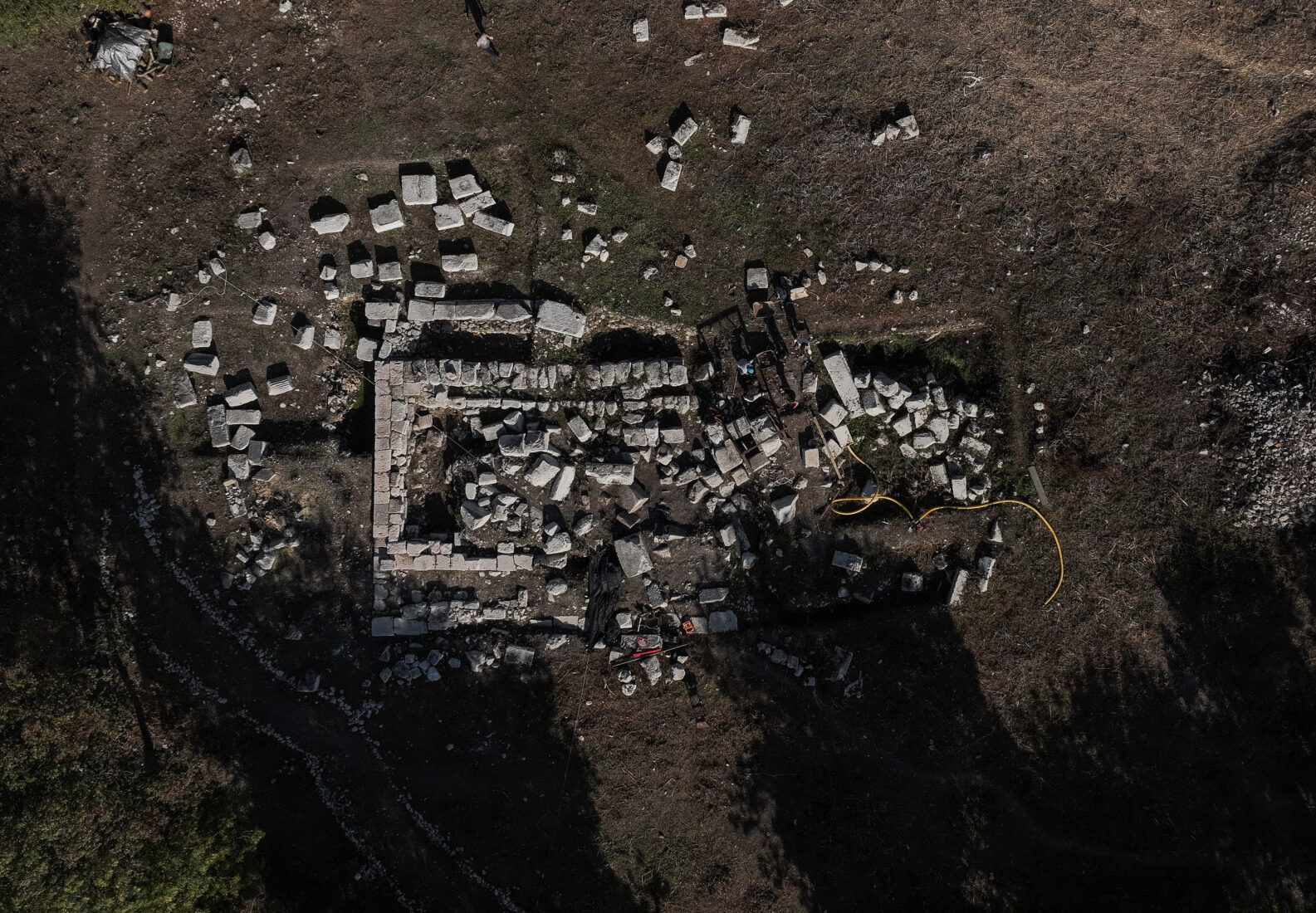
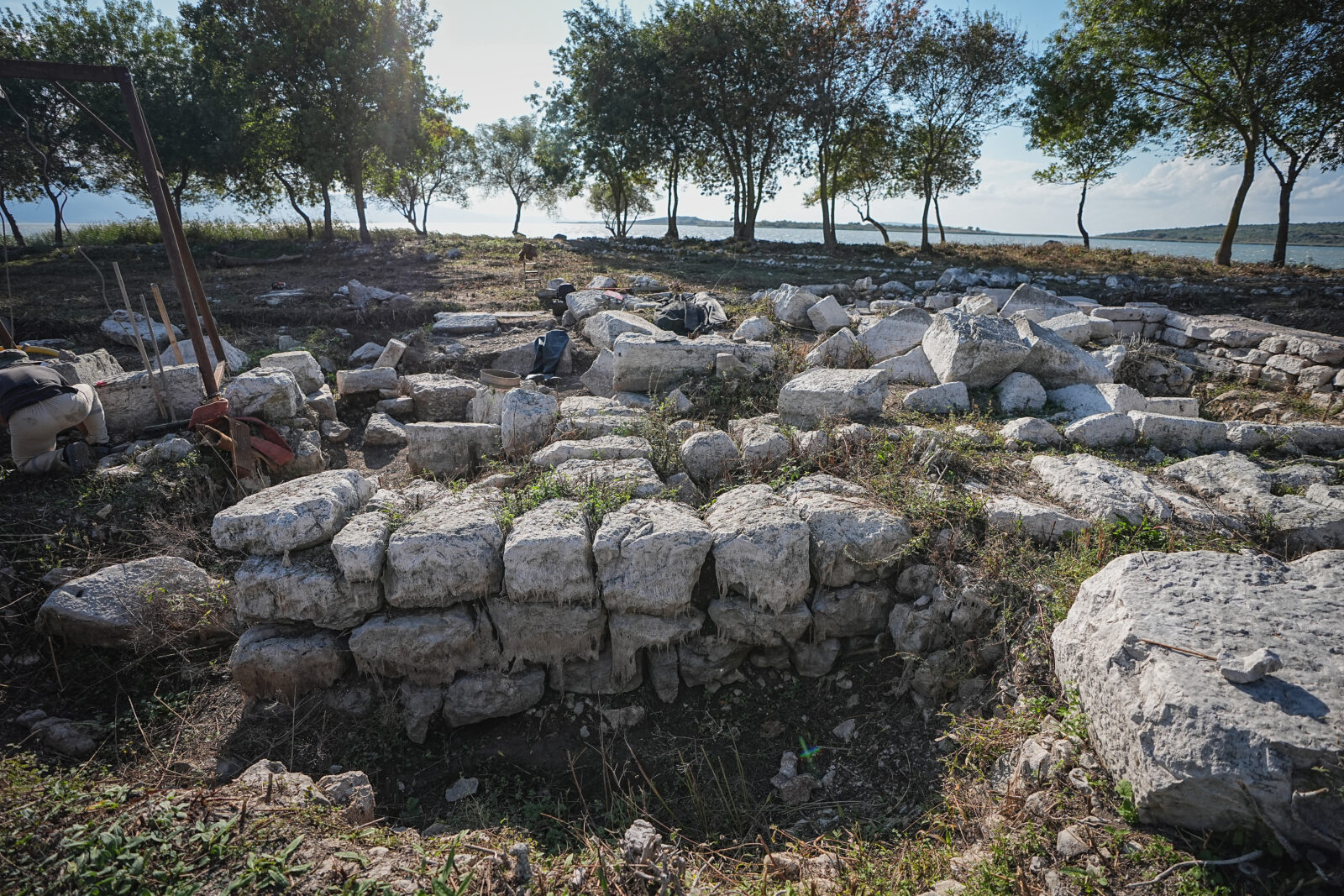
Archaeological findings highlight rich cultural layers
Throughout their work, the team has unearthed numerous artifacts that illustrate the island’s long and varied history. Last year, they discovered a relief depicting Apollon playing the lyre, a typical representation of “Apollon Kitharodos.” Professor Sahin explained that similar reliefs found in the nearby Akcapinar area in the 1990s are believed to have originated from the island.
The site’s sacred nature was further emphasized by findings of votive offerings, such as arrowheads, which were likely presented by visitors to honor Apollon.
“These sacred writings and reliefs suggest the presence of a vibrant cult centered around Apollon, which adapted over time. Notably, after the 121 A.D. earthquake, the original cult statue depicting Apollon playing the lyre was replaced with a new form of Apollon Sauroctonos, showing him playing with a lizard,” noted professor Sahin.
Place of pilgrimage and prophecy
The island is believed to have been a center for both pilgrimage and prophecy, where priests and religious figures conducted rituals and visitors sought guidance on their futures.
“The island functioned as a sacred site for those seeking answers. It is likely that individuals frequently visited the island to make offerings, perform sacrifices, and consult with priests,” said professor Sahin.
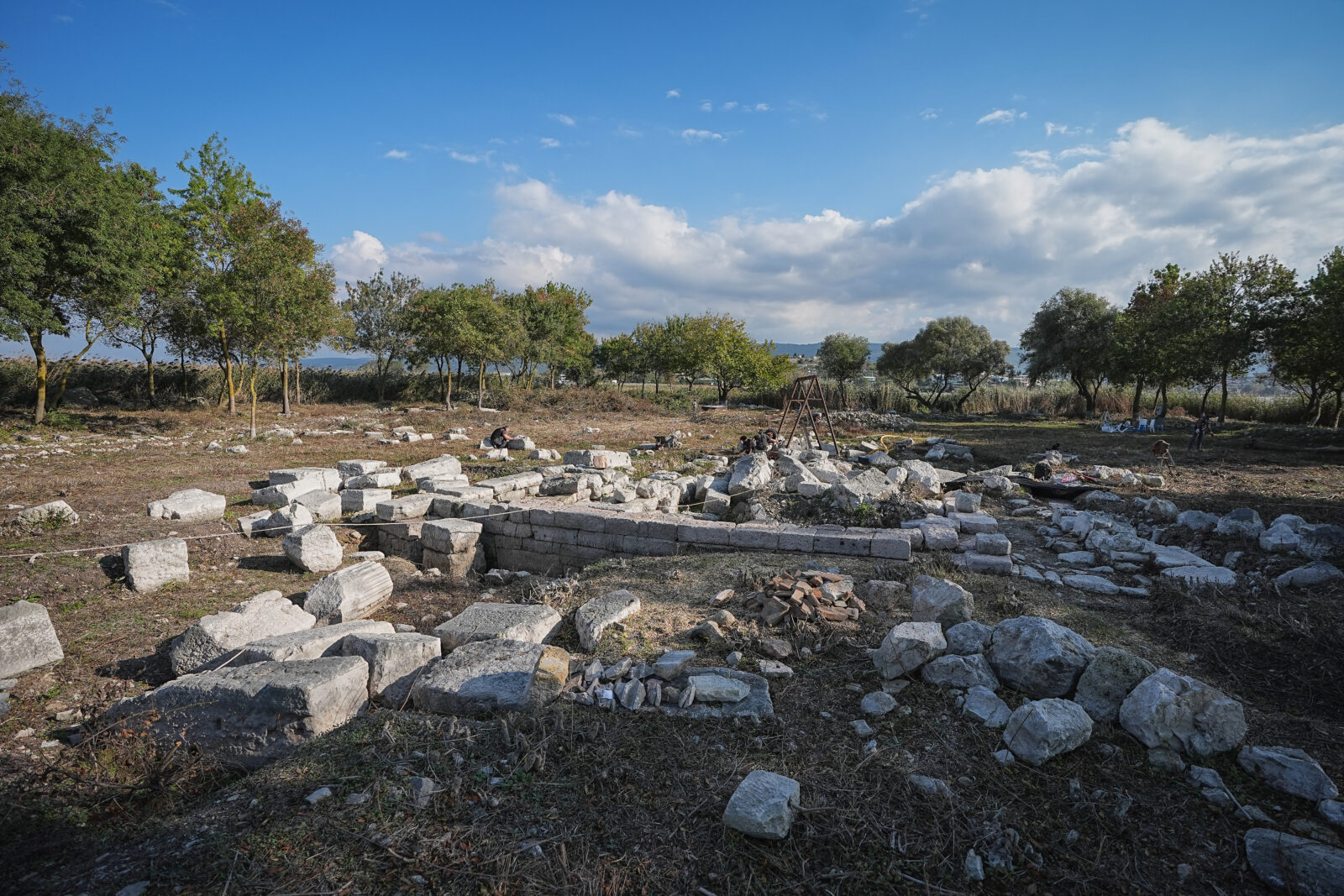
Plans to make site accessible to visitors
The archaeological team aims to preserve and present the site’s findings to the public. professor Sahin shared plans to make Kiz Adasi accessible to tourists, allowing visitors to reach the island by boat from Golyazi and explore the ancient ruins.
“We are preparing a project to enhance the visitor experience, where they can learn about the site’s rich history and the artifacts uncovered here,” she said.
Kiz Adasi, with its enduring historical significance, stands as a testament to the resilience of ancient civilizations and their ability to rebuild after disaster. As excavations continue, more secrets of the Apollon Sacred Site will undoubtedly emerge, providing valuable insights into the ancient cultures of Türkiye.


